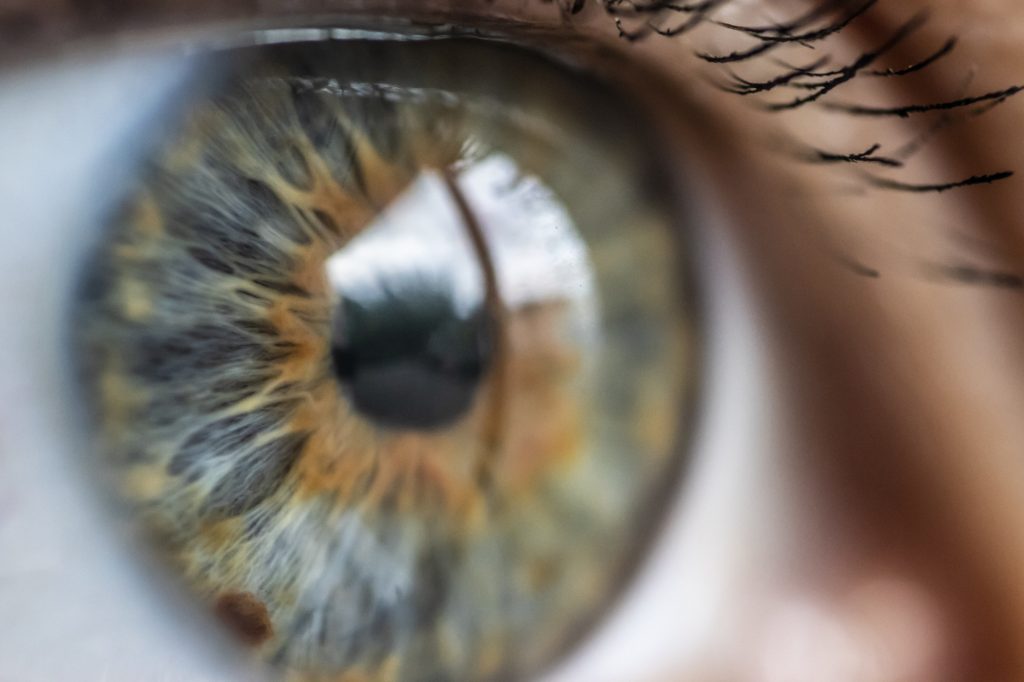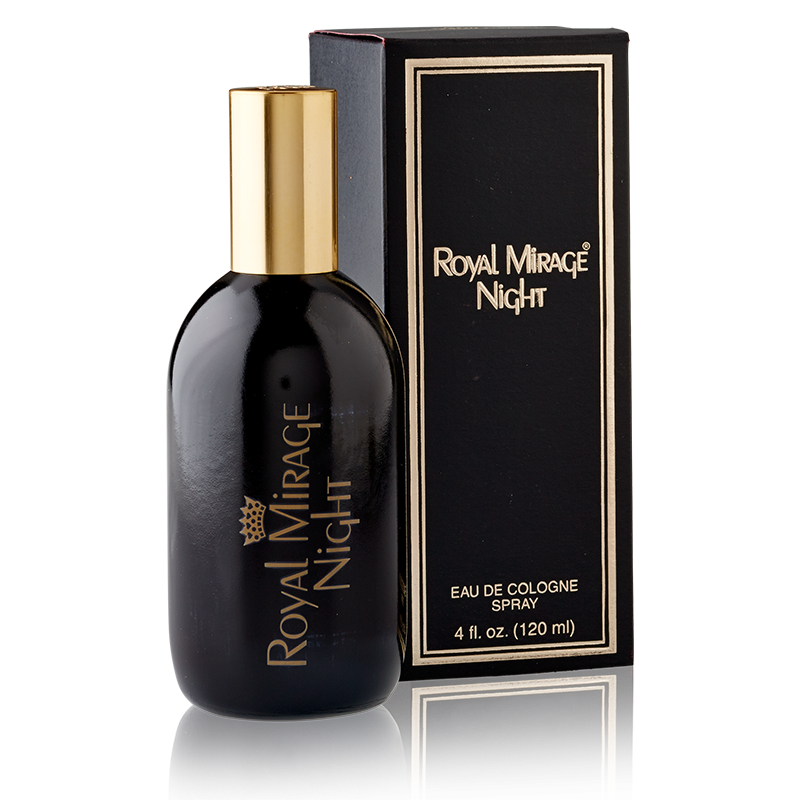Did you know that one to three percent of the world’s population is at risk of having pellucid marginal degeneration (PMD)? This condition of the eye is more prevalent in older people, but even teenagers can have it.
Sounds scary, right? But rest assured, most kinds of PMD don’t lead to blindness. In this article, we’ll look at symptoms, treatments, and the outlook on living with the condition.
Let’s get started!
What Is Pellucid Marginal Degeneration?
Pellucid Marginal Degeneration is a rare eye condition that causes peripheral corneal thinning. It affects the far outer portion of the cornea and results in the following problems:
- Blurred vision
- Decreased side vision
- Light sensitivity
Understanding this condition can help patients identify the potential causes and treatments in order to best manage their symptoms and eye health.
Symptoms and Signs of PMD
Symptoms and signs of corneal disorders can be divided into three categories: visual, structural, and surface. Visual symptoms can include decreased far and near vision, blurred vision, and glare.
Structural changes may include a progressive thinning of the cornea extending towards the periphery along with bluish discoloration of the thinned area of the cornea.
Surface changes may include the following:
- Presence of microcystins
- Cobblestone pattern
- Deep oval-shaped scar
It is important for patients with PMD to get regular eye evaluations and exercises since there is no current treatment for the disease.
Diagnosis and Testing
A combination of tests is usually useful to confirm the diagnosis. These tests include taking a complete case history which includes any illnesses and surgical procedures, like:
- Eye examinations
- Corneal topography
- Corneal ultrasound
- Optical coherence tomography
In addition, laboratory tests may be conducted to rule out other causes of visual disturbances or to measure the effects of specific medications, allergies, or infections associated with PMD.
Treatment Options
There are several treatment options available for PMD. The most common and conservative approach is to use glasses or contact lenses to improve vision.
Certain types of corrective surgery can also help correct vision in certain cases, including:
- Posterior lamellar keratoplasty
- Anterior lamellar keratoplasty
- Corneal flap procedures
Finally, certain medications can help alleviate side effects associated with PMD. You may also discover more on keratotomy by speaking with your optometrist or ophthalmologist about your condition.
Support and Resources
Support and resources can be an invaluable tool for those afflicted with PMD. For example, organizations are dedicated to helping those with PMD gain access to information, support, and resources to help them cope with their diagnosis.
Additionally, many states and countries have vision rehabilitation programs that can provide individuals with necessary services, such as:
- Visual aids
- Adaptive equipment
- Sensory activities
Finally, there are online communities where people can talk with others living with PMD and gain advice from professionals.
Consult With a Professional Today
Whether you’ve been recently diagnosed or you’re exhibiting symptoms of Pellucid Marginal Degeneration, it is important to seek professional consultation.
All forms of Degenerative Eye Disease must be taken seriously as they can accelerate rapidly. Don’t wait; schedule an appointment with a doctor today and protect your long-term vision.
Did you find this article helpful? Check out the rest of our blogs!
James Martin is a passionate writer and the founder of OnTimeMagazines & EastLifePro. He loves to write principally about technology trends. He loves to share his opinion on what’s happening in tech around the world.



